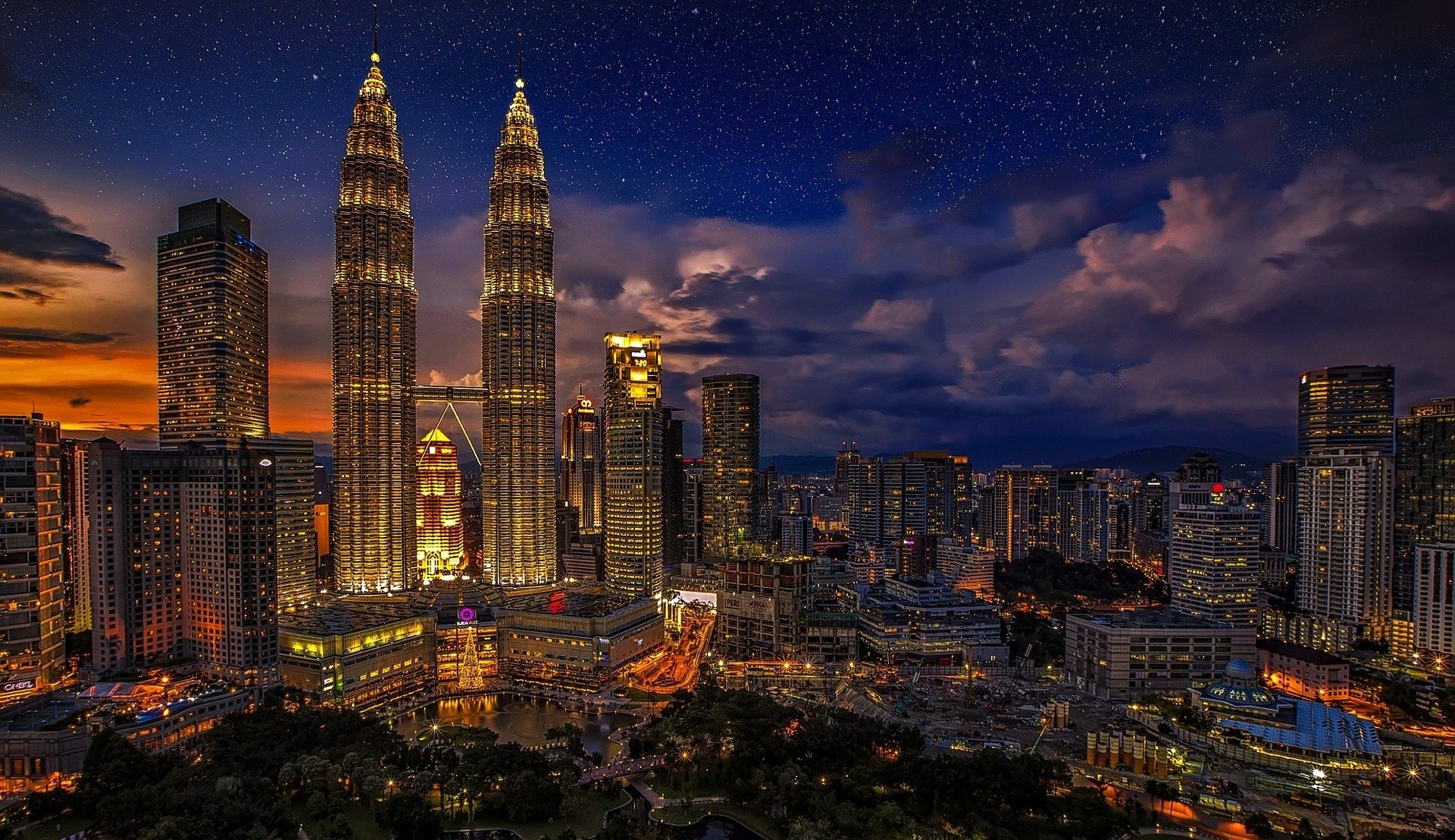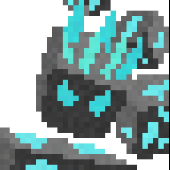Leaderboard
-

ChampionAsh5357
Members4Points3284Posts -
vemerion
Members3Points390Posts -
Draco18s
Members2Points16559Posts -
Ugdhar
Moderators2Points2801Posts
Popular Content
Showing content with the highest reputation on 07/08/20 in all areas



.thumb.png.ff50d10d648bbbc175a24f03962e1a6a.png)